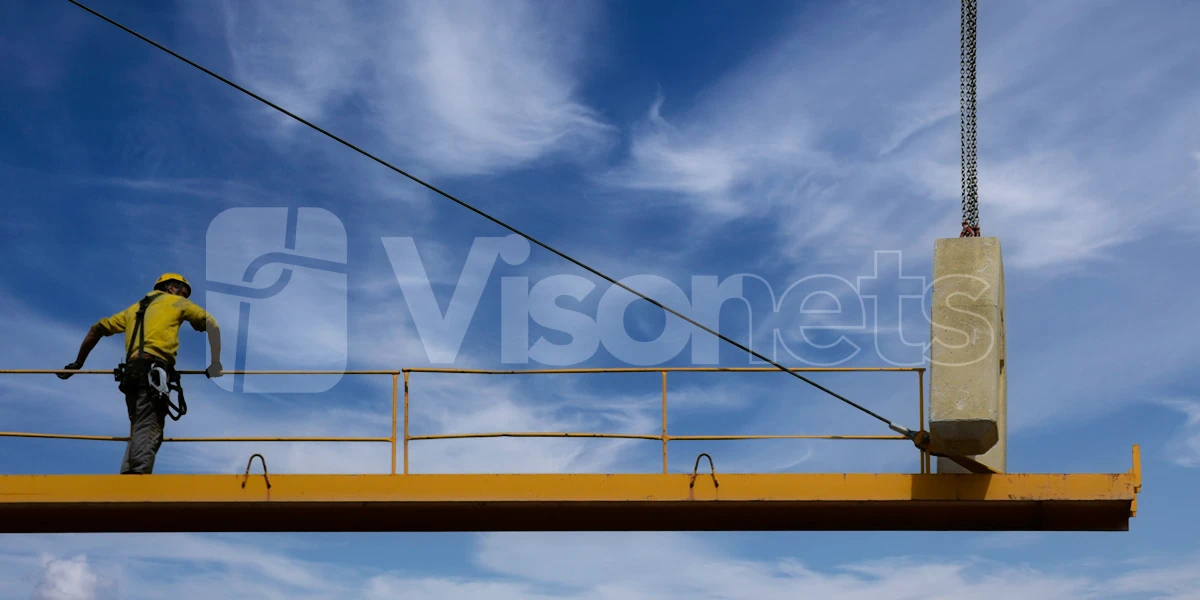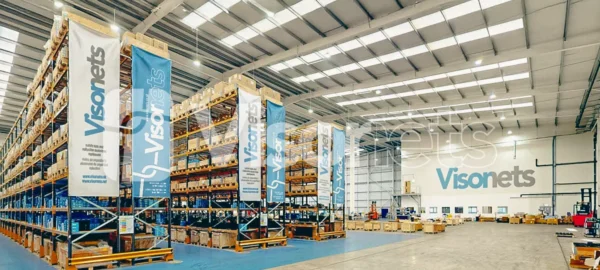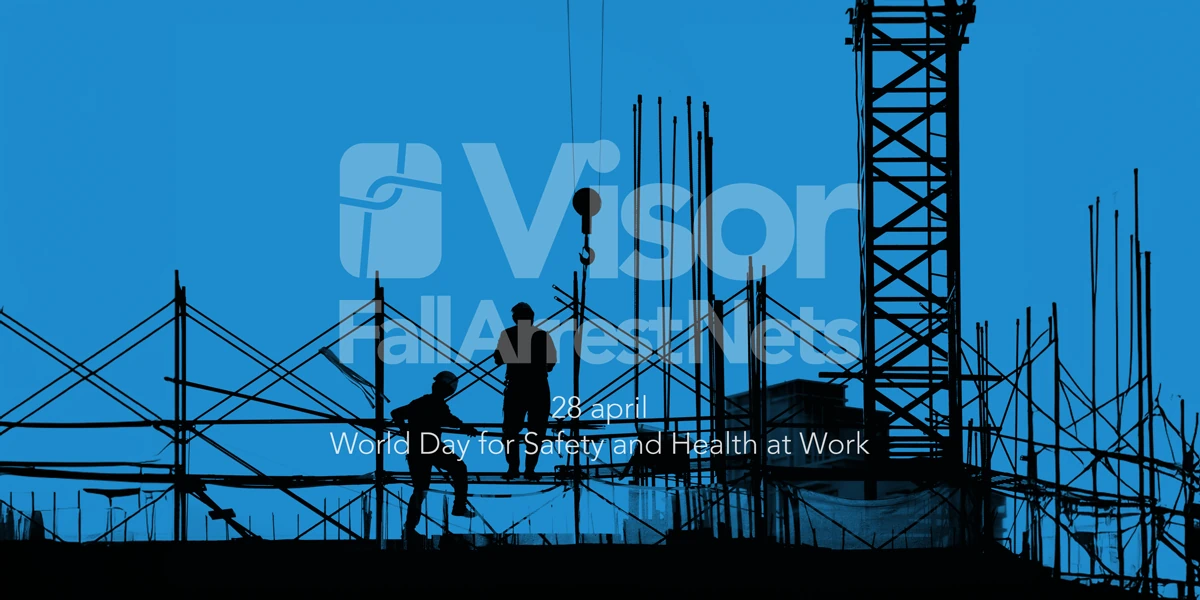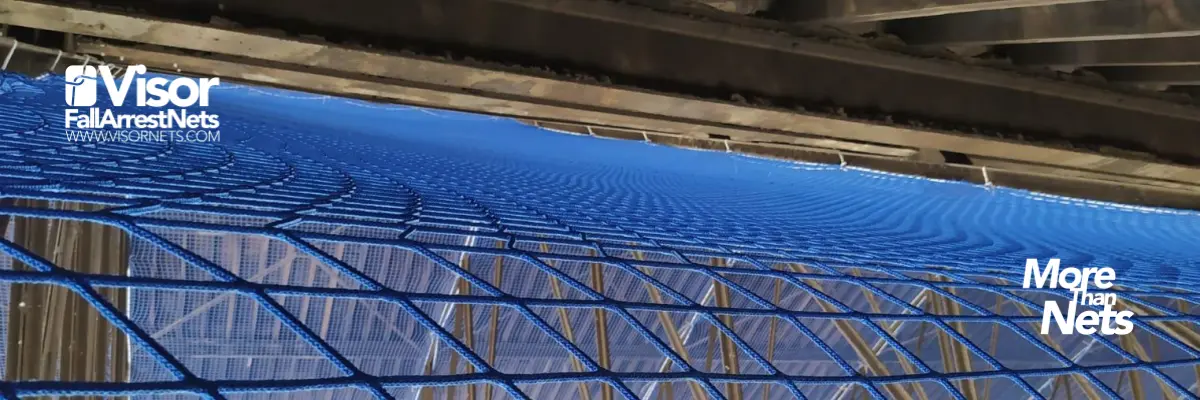Questions and answers about working at height

For your quick reference, we've provided a series of questions and answers about working at heights and their implications for public safety.
1. What is considered work at different heights?
On the one hand, work at height is considered to be work performed at a height of more than 2 meters, regardless of where it is performed (on scaffolding, vehicles, platforms, etc.). On the other hand, work performed at a depth of more than 2 meters, for example, in wells, trenches, etc.
2.- What safety measures should be taken in case there is a risk of falling from different heights?
The first thing to have is railings or any other collective safety system that cover the gaps where falls are likely to occur. Furthermore, these railings or elements must be sturdy and have a minimum height of 90 centimeters. If it is necessary to prevent workers from entering a certain part of the construction site or protect them from falling objects, baseboards and intermediate protections will be used.
At redesdeseguridad.com, we wrote the article 'Falls from Different Levels: Preventive Measures', where we explain the measures to prevent falls from different levels on construction sites.
3.- What risks are associated with working at heights?
Obviously, the main risk is workers falling from a different level. However, there is also a significant risk of materials or tools falling on people at lower levels, whether they are passing directly below the vertical line of the work area or nearby.
4.- What are the main injuries that workers can suffer after falling from a different height?
The main injuries are usually fractures, trauma, and cuts, although other injuries such as electrical contact or fatigue can also occur. Obviously, the main risk is death if the fall occurs from a very great height or the impact is very violent.
5.- What aspects must be taken into account at workstations located at different heights?
The most important thing is to ensure that the floor is stable and solid. To do this, it is necessary to consider the number of workers who will be working on the surface, the maximum loads it will support, and how it will be distributed. Of course, these maximum loads will never be exceeded.
6. Do atmospheric factors affect work at height?
Of course they do and must be taken into account when taking the necessary collective safety measures. Wind is the main atmospheric factor to consider.
7. Do the personal factors of the workers affect work at height?
Yes, of course they do. Among other precautions, the worker must avoid taking medication or alcohol, avoid eating too much before starting work, and remain alert during work.















